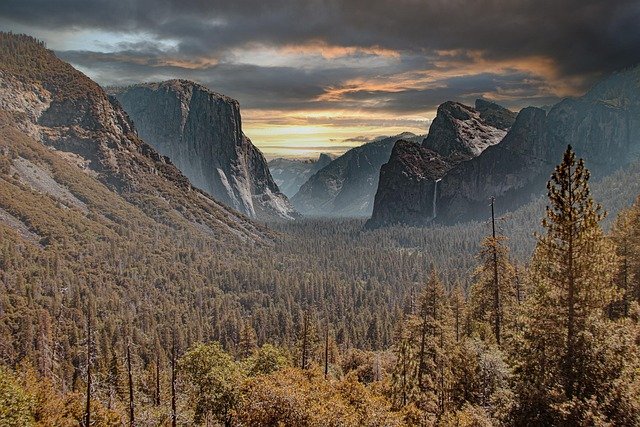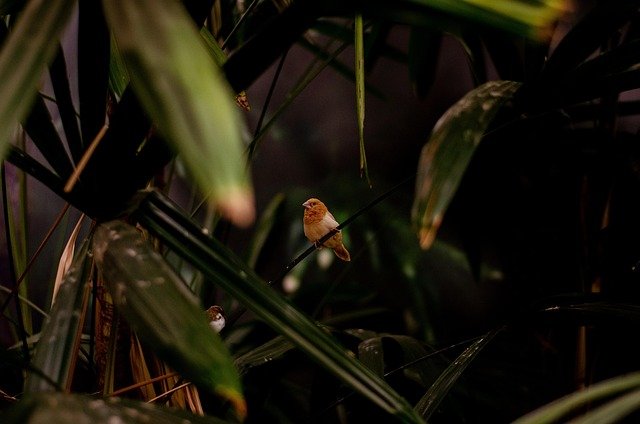**Title: "The Evolution of Storytelling in Video Games

The Secret Lives of Urban Wildlife
Urban areas are bustling with human activity, yet they are also home to a diverse array of wildlife that often goes unnoticed. From the clever raccoon rummaging through trash cans to the majestic hawk soaring above the skyline, urban wildlife adapts and thrives in environments shaped by human presence. In this post, we’ll explore the fascinating lives of these creatures and how they navigate the challenges of city life.
The Adaptability of Urban Wildlife
Urban wildlife has shown remarkable adaptability to the challenges posed by city living. Here are a few examples:
Raccoons: Known for their dexterous paws and intelligence, raccoons have become experts at scavenging in urban environments. They can open trash cans and even navigate complex obstacles to find food.
Pigeons: Often seen as pests, pigeons are actually highly adaptable birds that have learned to thrive in urban settings. Their ability to find food and nesting sites in cities has allowed their populations to flourish.
Coyotes: Once primarily found in rural areas, coyotes have made their way into cities, where they hunt small mammals and scavenge for food. Their presence can help control populations of rodents and other urban wildlife.
The Importance of Urban Wildlife
Urban wildlife plays a crucial role in maintaining the ecological balance within cities. Here are some benefits they provide:
Pest Control: Predators like hawks and owls help control populations of rodents and insects, reducing the need for chemical pest control methods.
Pollination: Bees and other pollinators are vital for the health of urban gardens and green spaces. They contribute to biodiversity and help sustain local flora.
Ecosystem Health: Urban wildlife contributes to the overall health of ecosystems by participating in food webs and nutrient cycling. Their presence can indicate the health of urban environments.
How to Support Urban Wildlife
As city dwellers, there are several ways we can support our local wildlife:
Create Wildlife Habitats: Plant native flowers and shrubs in your garden to provide food and shelter for birds, bees, and butterflies.
Reduce Chemical Use: Limit the use of pesticides and herbicides, which can harm local wildlife and disrupt ecosystems.
Build Birdhouses and Bat Boxes: Providing nesting sites can help support declining populations of birds and bats in urban areas.
Educate Others: Share your knowledge about urban wildlife with friends and family to foster a greater appreciation for these often-overlooked creatures.
Conclusion
The secret lives of urban wildlife are a testament to nature’s resilience and adaptability. By taking steps to coexist with these animals, we can create a more harmonious environment that benefits both humans and wildlife. Next time you’re out and about in the city, take a moment to observe the fascinating creatures that share your urban landscape. You might just discover a whole new world right outside your door!
Feel free to share your experiences with urban wildlife in the comments below! What animals have you spotted in your city? 🦉🌳

All images are taken from the Pixabay.com